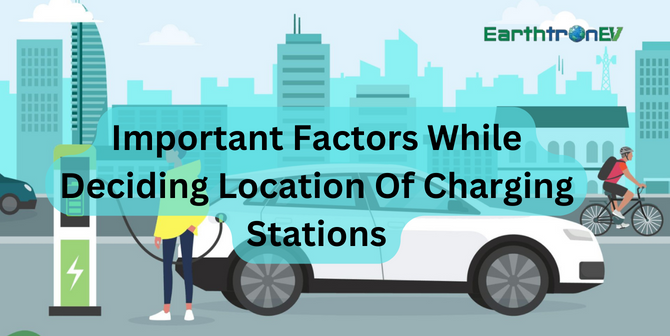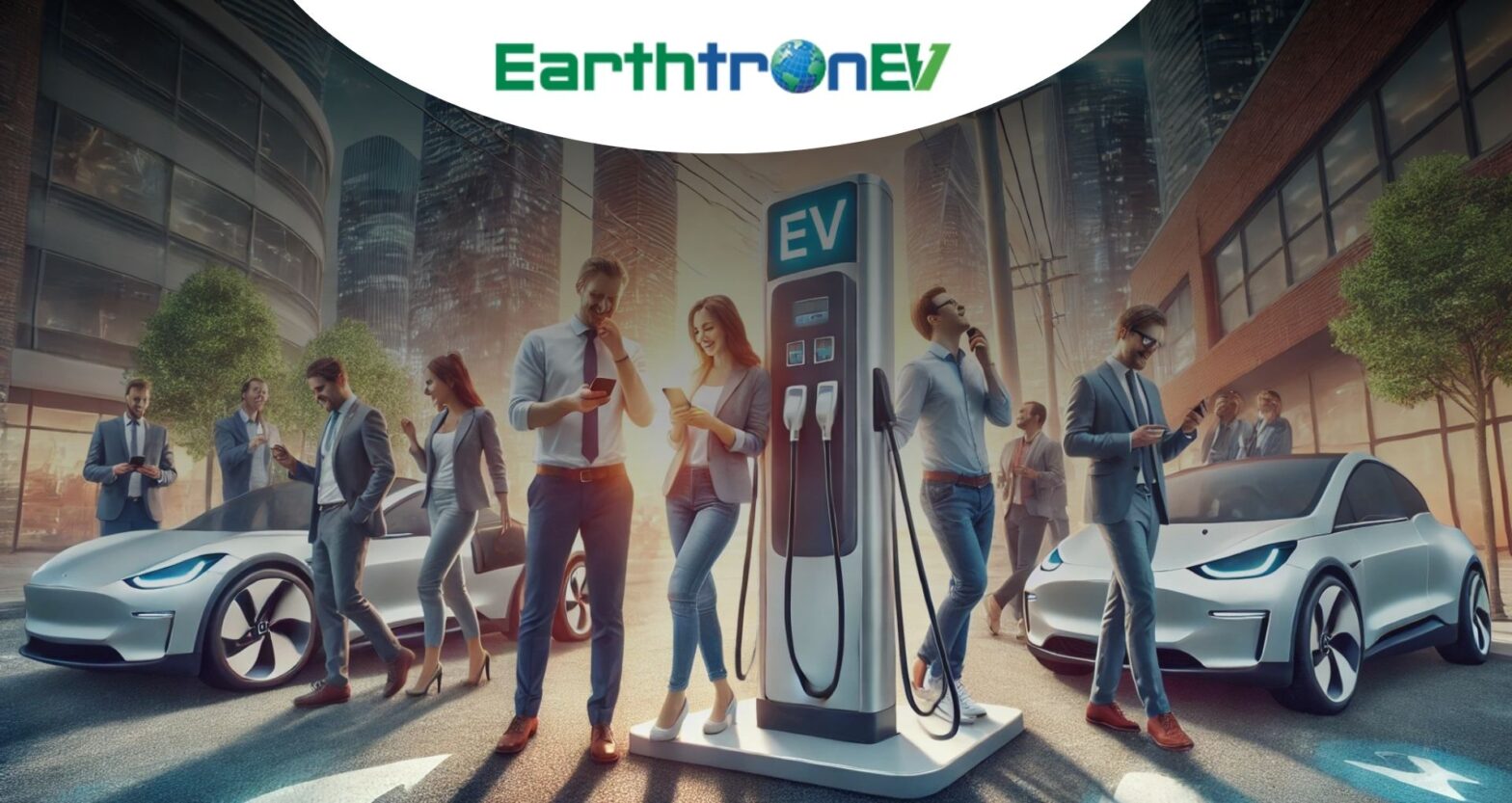Could the Charging Infrastructure Business be a Turning Point in the EV Market? It can be when these businesses meet all the needs of customers and tenants. Forward-thinking business owners are choosing the optimum measures that help them reach mass customers at their workplaces. However, there are some primary challenges that act as obstacles to the growth of electric vehicle charging stations. One of them is the inconvenient location. Let’s discuss one of the most critical factors in this field, i.e., convenient locations. Businesses must consider this while choosing an optimum location for their EV charging station franchise.
Factors to Consider While Choosing a Convenient Location for Charging Stations
Choosing a convenient location for installing EV chargers is an optimum business idea. Accordingly, businesses need to take time and calculate all the available options to make the right decision when deciding where to install the charging port. The following are the factors to consider while selecting a location for charging stations:
Ideal Site
Installing a charging station in areas like commercial sites or municipalities can be a brilliant option. It helps the business reach mass customers and attract more customers to boost sustainability. The infrastructure must be located ideally near the main road or highway for easy access during emergencies. Additionally, choosing a location near food or entertainment facilities provides extra convenience to customers, allowing them to pass the time while their EVs charge.
Power Supply
Ensuring a sufficient availability of a robust and reliable power supply is another critical factor. Installing an EV charging station requires a lot of electricity, so installers need to ensure they have access to enough power. The location must be suitable to supply or accommodate the power necessities of the charger model. It may require upgrading the local power grid to support the installation if needed.
Traffic Density
Traffic density plays a vital role in deciding the development of the charging station. The demand for such a facility in a location is directly proportional to the traffic density. Businesses must gauge the growth of electric vehicles in the area to ensure frequent usage of the charging infrastructure. Installing chargers in shopping centers, workplaces, government offices, etc., is a cost-effective approach since densely populated locations attract more users.
Charging Duration
The charging duration is directly dependent on the power supply and a convenient location. Companies should install electric vehicle charging stations at easily accessible locations such as shopping malls, workplaces, and educational organizations. This reduces charging time and saves users from wasting time charging their EVs.
Integrating with Existing Infrastructure
Executing proactive measures to install electric vehicle charging infrastructure requires planning, especially when incorporating them into sites with a mix of buildings, parking lots, walkways, and other structures. Proper design of formal and informal pedestrian pathways should be completed before placing the EV charging station to ensure safety and enhance utilization.
Weather
Weather conditions can impact the functioning of EVs and the charging station. Cold temperatures may require more power to charge electric vehicles, adding to the cost of charging. Additionally, cold weather can cause malfunctions in the charging infrastructure and lead to expensive repairs. Fog affects visibility and can cause accidents, so closed and covered charging infrastructures work more efficiently. Photovoltaic charging technology should be used in such areas. Owners need to address these weather-related issues.
Proximity to Other Amenities
Installing charging stations near food kiosks or coffee shops can attract EV users and encourage them to spend more time and money at the charging destination. Adding convenience factors through other public transportation options such as buses, trains, or subways can also be beneficial.
Future-Proofing
Considering the future of the charging station is essential. Locations should be chosen with the evolving EV landscape in mind to future-proof the infrastructure. This allows for the adoption of new technology developments and ensures the charging station remains profitable. Flexibility to charge different types of electric vehicles should also be considered, allowing for upgrades based on how EV technology evolves.
Conclusion
Implementing all these factors can be challenging, but they undoubtedly bring businesses closer to success. Installing an electric vehicle charging infrastructure is a great decision, but in-depth research on the chosen location is crucial. Considering the factors mentioned above will maximize usage and lead to profits in the future.







